Pepper Corn Chronicles: A Spicy Journey from Vine to Table
If you’ve ever sprinkled black pepper on your scrambled eggs and wondered, "Where exactly does this magic dust come from?", then you're not alone. Pepper corns — the tiny, mighty powerhouses of flavor — have been spicing up our lives for thousands of years. From ancient trade routes to your kitchen shaker, these little guys pack a punch. Let’s unravel the mystery behind one of the world’s most beloved spices.
Table of Contents
- What Are Pepper Corns Anyway?
- From Where Do These Peppery Poppers Come?
- Black, White, Green, or Red? Understanding the Different Types
- How Pepper Corns Grow: Nature’s Spice Factory
- A Dash Through History: Pepper as Currency and Status Symbol
- Spice It Up: Pro Tips for Using Pepper Corns Like a Chef
- Keep it Fresh: How to Store Your Pepper Corns
- Fun Facts You Can Pepper into Conversation
What Are Pepper Corns Anyway?
Let’s start with the basics — pepper corns aren’t actually corn at all! (Sorry if that title threw you off.) They’re the dried berries of the Piper nigrum plant, a flowering vine native to South India. Yep, those tiny black specks in your grinder were once plump, juicy fruits growing on vines like something out of a jungle documentary.
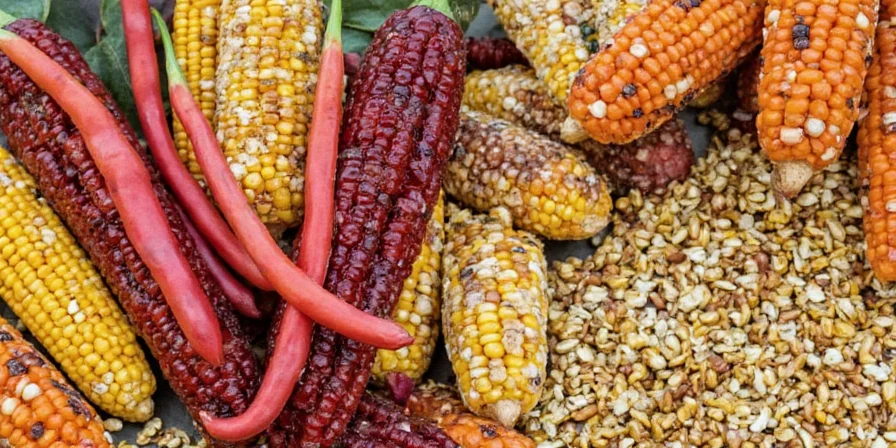
From Where Do These Peppery Poppers Come?
Pepper corns originate from tropical regions around the globe, but their spiritual home is Southern India, particularly the Kerala region. This area has been cultivating pepper since ancient times and was once known as the “Spice Garden of India.”
| Top Pepper-Producing Countries | Main Regions | Annual Production (tons) |
|---|---|---|
| India | Kerala, Karnataka | ~75,000 |
| Vietnam | Dong Nai, Binh Phuoc | ~90,000 |
| Brazil | Pará, Espírito Santo | ~30,000 |
| Indonesia | Sumatra, Java | ~25,000 |
| Sri Lanka | Sabaragamuwa | ~6,000 |
Vietnam is now the world's largest exporter of pepper, followed closely by India. So next time you shake that salt-and-pepper duo, know that you might just be seasoning your dish with a bit of Southeast Asia!
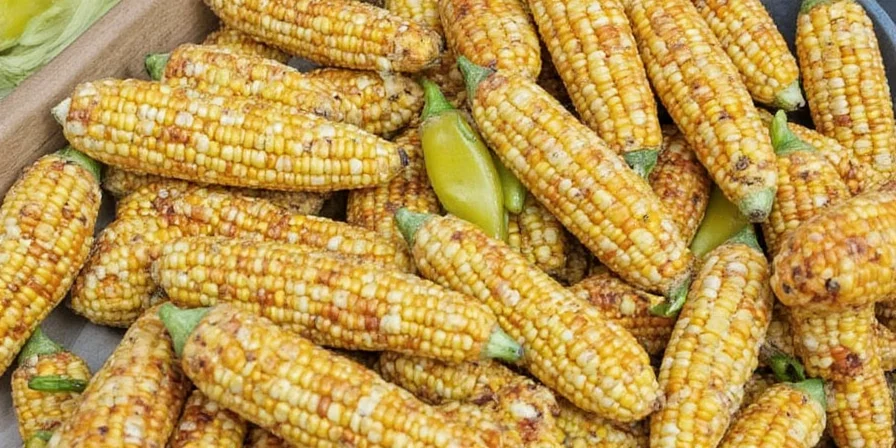
Black, White, Green, or Red? Understanding the Different Types
Pepper corns come in various colors, each harvested at different stages of maturity. Here’s a quick breakdown:
- Black Pepper: The most common type, made by drying nearly ripe berries. Strong, sharp flavor.
- White Pepper: Made from fully ripe berries with the outer skin removed. More earthy, less floral.
- Green Pepper: Unripe berries preserved in brine or freeze-dried. Fresher, milder taste.
- Red Pepper: Ripe red berries, rarely used whole. Sweet and fruity with some heat.
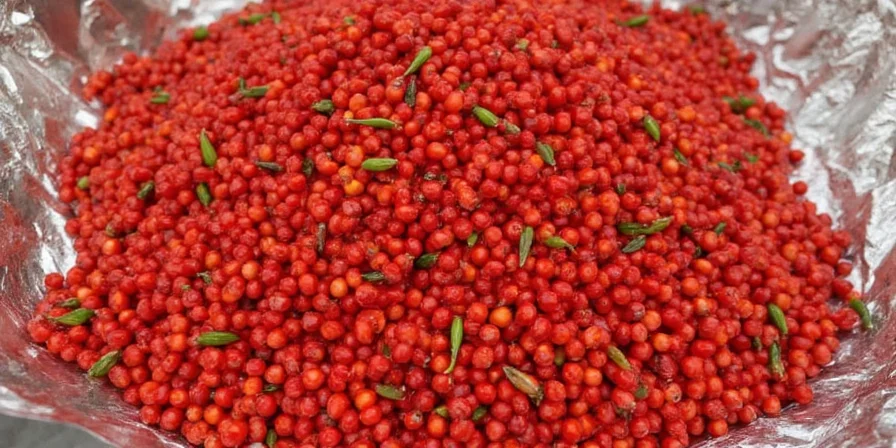
How Pepper Corns Grow: Nature’s Spice Factory
The journey from flower to peppercorn is nothing short of fascinating. Here’s how nature does its thing:
- Planting: Piper nigrum thrives in warm, humid climates. Young plants are often supported by trees or poles as they climb.
- Flowering: The plant produces small white flowers in spikes.
- Fruiting: After pollination, berries begin to form — small and green at first.
- Harvesting: Berries are picked based on when they’re needed — unripe for green, almost ripe for black, and fully ripe for white or red.
- Drying/Processing: Black pepper gets sun-dried until shriveled. White pepper is soaked to remove the husk before drying.
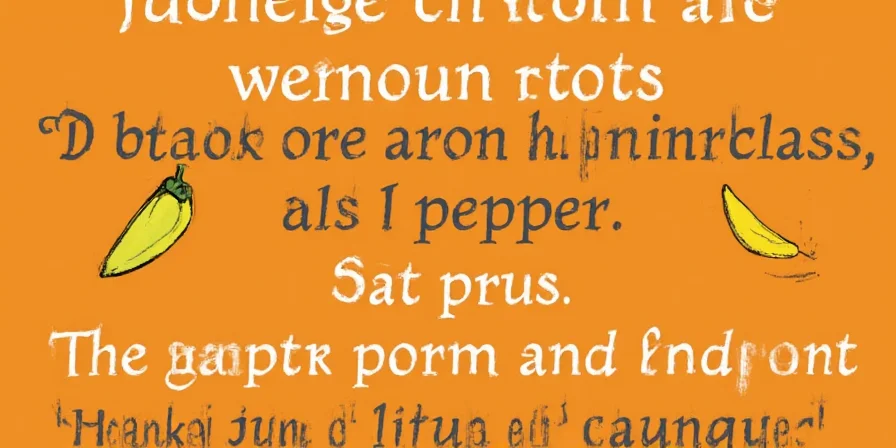
A Dash Through History: Pepper as Currency and Status Symbol
Back in the day, pepper wasn’t just spice — it was serious currency. Ancient Romans traded gold for it. In medieval Europe, it was called “black gold” and was so valuable that landlords accepted it as rent. Even Cleopatra reportedly sprinkled it on her food for both flavor and flair.
In fact, pepper played a major role in driving global exploration. Christopher Columbus and Vasco da Gama were partly motivated by the search for new spice routes, especially pepper-rich ones!
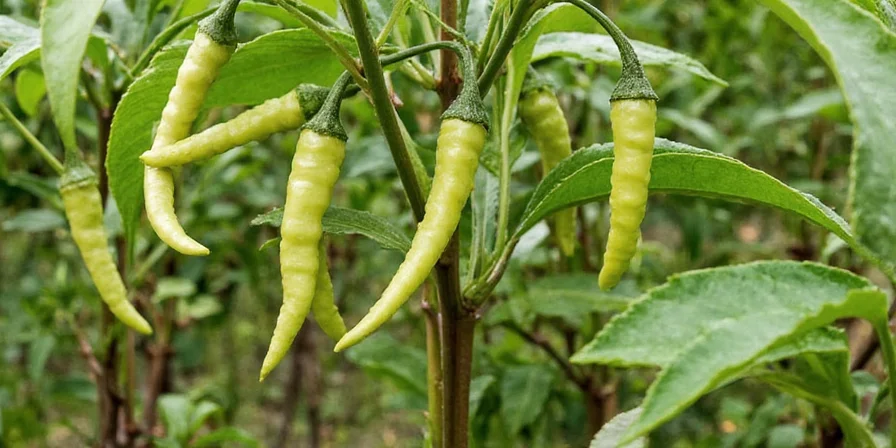
Spice It Up: Pro Tips for Using Pepper Corns Like a Chef
Want to bring out the best in your pepper corns? Try these culinary hacks:
- Grind fresh: Whole peppercorns retain more flavor than pre-ground versions. Invest in a quality mill.
- Add at the right time: For maximum aroma, grind pepper just before serving. Cooking dulls its volatile oils.
- Pair smartly: Black pepper enhances rich dishes like steak and creamy sauces. Use green pepper in pickling or salads. Red adds sweetness to fruit-based salsas.
- Toast for extra kick: Lightly toast whole peppercorns in a dry pan to release complex flavors before grinding.
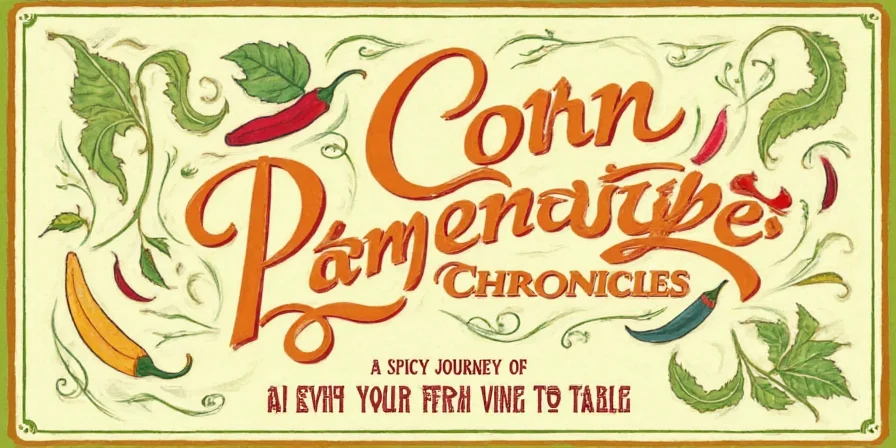
Keep it Fresh: How to Store Your Pepper Corns
Storing your precious peppercorns properly ensures they stay fragrant and flavorful:
- Whole peppercorns can be stored in an airtight container away from light and moisture. They’ll keep for years.
- Ground pepper loses potency quickly. Buy in small quantities and replace every 6 months.
- Avoid heat: Don’t store near the stove. Humidity and warmth speed up flavor loss.
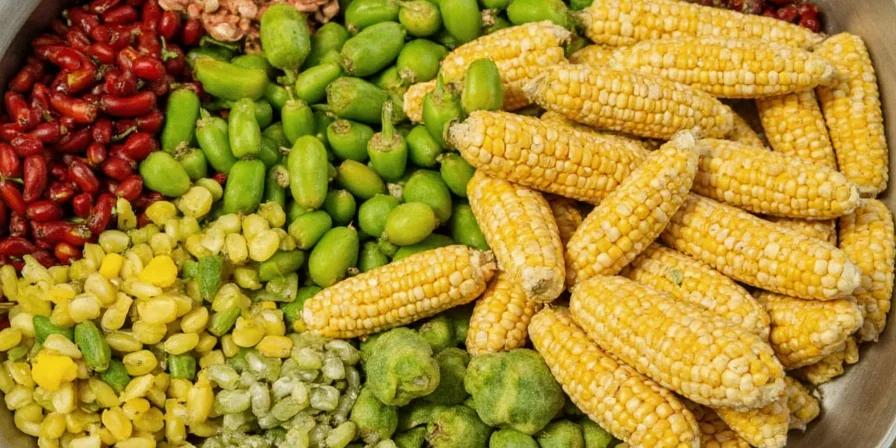
Fun Facts You Can Pepper into Conversation
Next time you’re at dinner party and need a conversation starter, try these trivia tidbits:
- Pepper was once used as a remedy for everything from constipation to coughs in traditional medicine.
- Piperine, the compound responsible for pepper’s heat, helps your body absorb nutrients like curcumin better.
- Some animals, like elephants and monkeys, eat wild pepper plants as part of their diet.
- There’s a variety of pepper called “Long Pepper,” which looks like a pinecone and was even more popular than black pepper in ancient Greece.
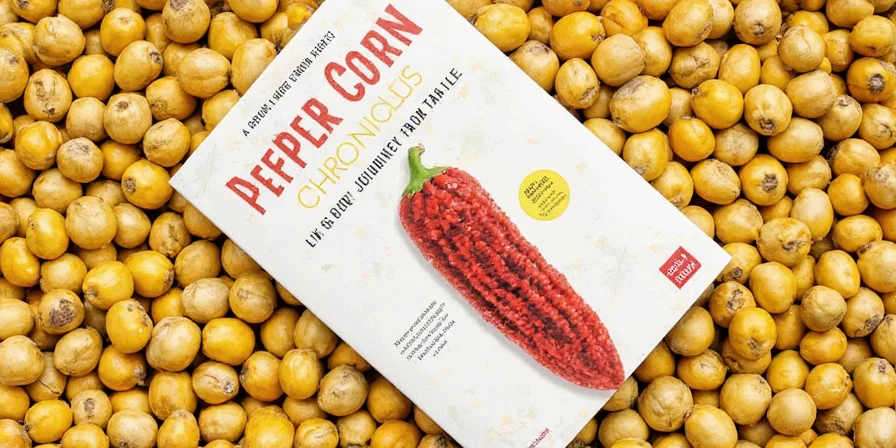
Conclusion
So there you have it — the full scoop on where do pepper corns come from. From tropical vines to your spice rack, these little berries have traveled through history, geography, and gastronomy to become the king of seasonings.
Whether you're a pro chef or someone who just likes things a little spicy, understanding the origins and nuances of pepper corns will elevate your cooking game — and your trivia night performance. So go ahead, crack open that mill, and let the flavor flow.
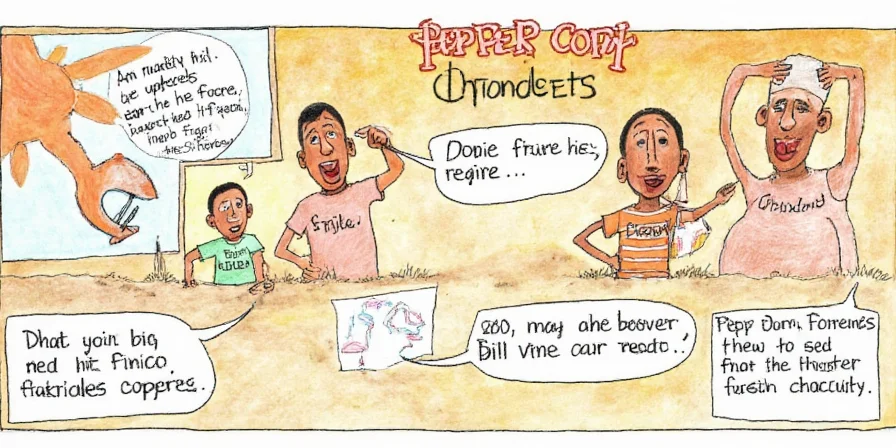

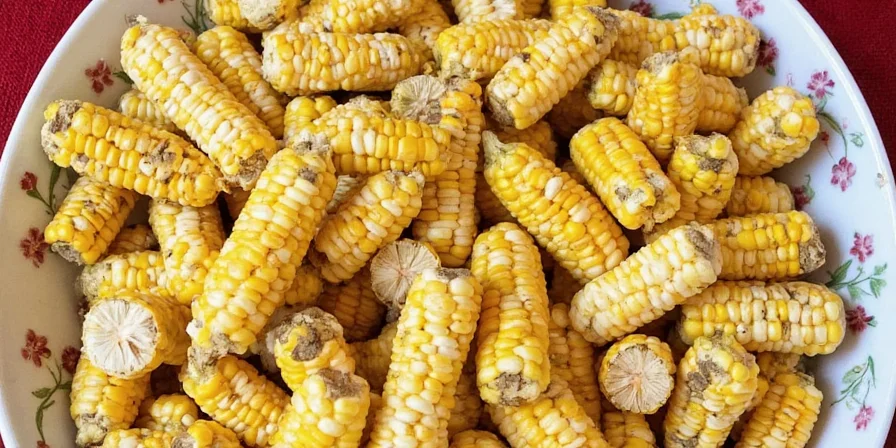









 浙公网安备
33010002000092号
浙公网安备
33010002000092号 浙B2-20120091-4
浙B2-20120091-4